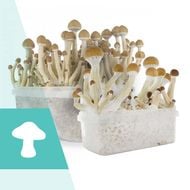
Top 10 entheogens
Used in ceremonies and healing practices for centuries, entheogens are powerful tools for spiritual exploration. Discover 10 key substances—from classics like ayahuasca and LSD to lesser-known ones like iboga—and how they’re used today across the world.
Entheogens are psychoactive substances used throughout history to induce altered states of consciousness, often for spiritual or ceremonial reasons. In the modern day, interest in these substances has grown significantly in many parts of the world.
This article explores ten of the most significant entheogens in traditional and modern contexts. We’ll also look at how laws are changing and what the future might hold for these important and fascinating substances.
What are entheogens?
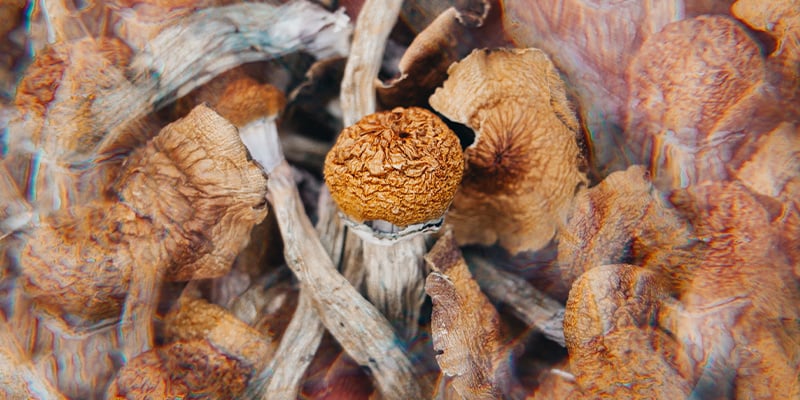
The term entheogen comes from the Greek words entheos (“full of the divine”) and genesthai (“to come into being”) to describe psychoactive substances that can bring about deeply insightful, spiritual, or mystical experiences.
While not all entheogens are psychedelic, there is a great deal of overlap. Unlike recreational psychedelics, which are often taken for pleasure or fun, entheogens are used with great intention. This intention could be to heal, gain insight, or connect with something greater than oneself. The point is that entheogens are drugs used for sacred or spiritual purposes.
Examples of entheogens include naturally occurring substances like psilocybin mushrooms, peyote, and ayahuasca, as well as synthesised compounds like LSD or 5-MeO-DMT. Many of these have a long history of use among Indigenous communities across the Americas, Africa, and Asia.
The top 10 entheogens
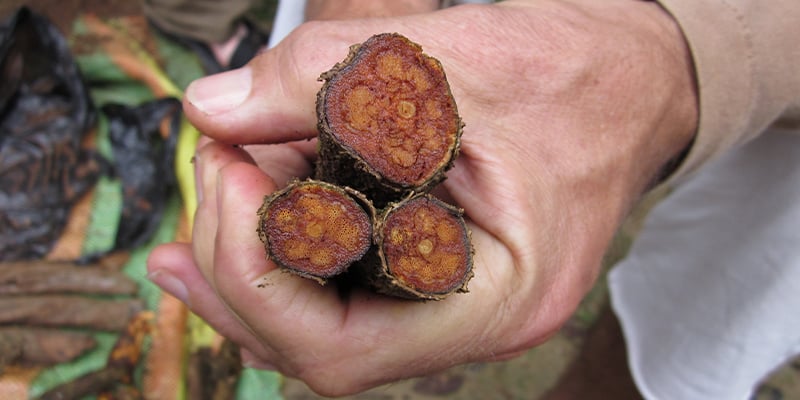
The following ten entheogens have been chosen based on their historical importance, current use, and the strength of their effects. Each one has unique properties and cultural significance both historically and in the present day.
Ayahuasca
Ayahuasca is a traditional Amazonian brew made by combining Banisteriopsis caapi (a vine containing MAO inhibitors) with Psychotria viridis or other plants containing DMT. The MAO inhibitors make DMT orally active, enabling a powerful and visionary experience.
Ayahuasca is used in shamanic rituals to promote healing and spiritual cleansing. People report intense emotional releases, vivid visions, and deep introspection. While the experience can be challenging, it is also often described as transformative.
Ayahuasca ceremonies have gained popularity beyond the Amazon in recent years, prompting important discussions around cultural appropriation, participant safety, and ecological sustainability.
Psilocybin mushrooms
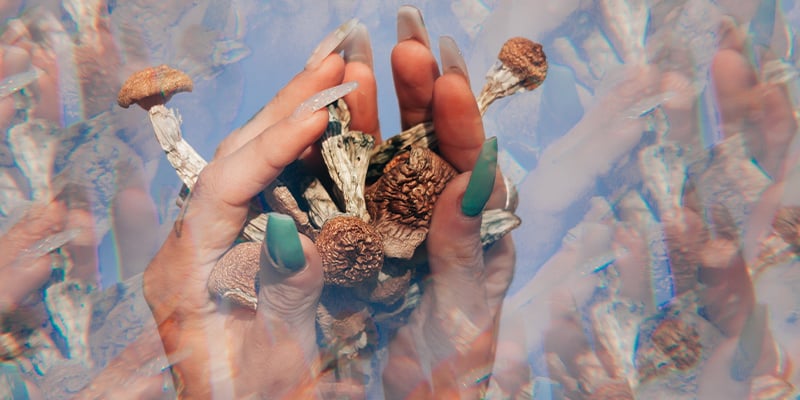
Often called “magic mushrooms”, psilocybin mushrooms contain the compound psilocybin, which the body converts to psilocin—a chemical that interacts with serotonin receptors in the brain. These mushrooms have been used in religious and healing rituals for thousands of years and across the world. They are one of the most widespread and culturally significant entheogens globally.
Psilocybin can trigger changes in perception, mood, and thought. Many report feelings of unity, insight, and connection to nature or a higher power. Psilocybin is also the focus of much study regarding issues like depression, PTSD, and addiction.
Well over 100 mushroom species contain psilocybin, with Psilocybe cubensis being one of the most commonly found and well-known.
Shroomshop
Everything for mushroom enthusiasts. Grow kits, truffles, microdosing packs, spore syringes, vials, and cultures.
Peyote
Peyote (Lophophora williamsii) is a small cactus native to Mexico and the southwestern United States. It contains mescaline, a powerful psychedelic compound that produces vivid visual hallucinations and altered thinking, akin to psilocybin.
Used for centuries by Indigenous peoples, especially in Mexico and North America, peyote is still an important sacrament in ceremonies, which can involve singing, drumming, and prayer throughout the night.
Because peyote grows slowly and is under threat from overharvesting, there’s increasing interest in more sustainable alternatives like San Pedro cactus.
Iboga
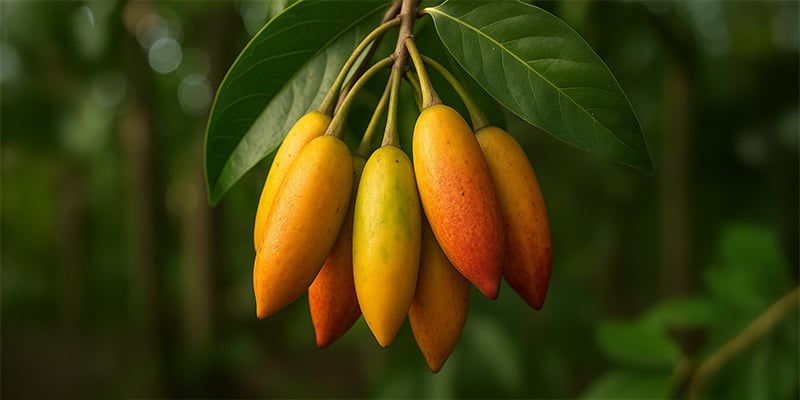
Iboga is a root bark from the African shrub Tabernanthe iboga. It contains ibogaine, a powerful compound known for inducing long-lasting visions and deep introspection.
In Gabon and other parts of West Africa, iboga is used in Bwiti ceremonies to initiate spiritual growth or mark life transitions. In the West, researchers are increasingly exploring ibogaine’s role in addiction treatment.
Iboga experiences can be physically intense and psychologically demanding, often involving several hours of vivid visions followed by a reflective phase. In fact, ibogaine can be fatal if not taken in a controlled environment with medical professionals on hand. For this reason, we absolutely do not suggest consuming ibogaine outside of a reputable facility.
DMT
DMT (N,N-dimethyltryptamine) is one of the most potent naturally occurring psychedelics. It is the active compound in ayahuasca, but it can also be smoked and vaped. Found in numerous plants, it is also produced in small amounts in the human body, which is a point of endless speculation. When smoked or vaped, DMT produces short but intense experiences lasting around 5–20 minutes.
Users of DMT often report being transported to otherworldly realms or encountering non-human entities. Though difficult to articulate, these experiences are commonly described as deeply spiritual and profoundly transformative.
Like ayahuasca, they can be intense and uncomfortable, particularly when used without proper preparation or guidance. Though often considered physiologically safe, DMT is an intense substance that demands respect and intentional use.
Salvia divinorum
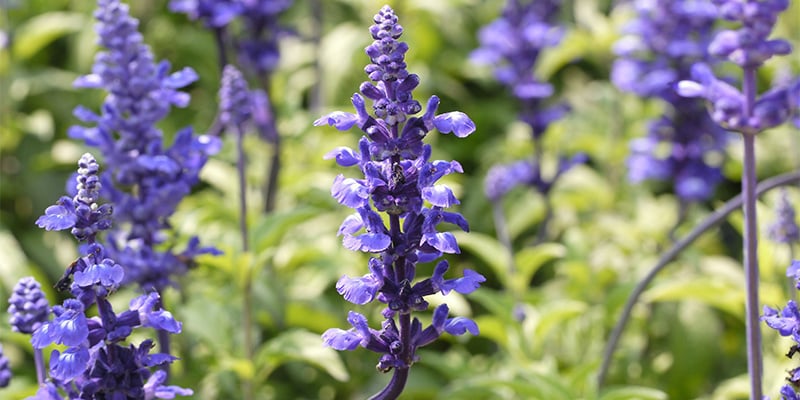
Salvia divinorum is a fast-acting hallucinogenic plant from the mint family, traditionally used by Mazatec shamans in Mexico. Its active compound, salvinorin A, affects kappa opioid receptors in the brain—a different mechanism of action than most other psychedelics.
When smoked, salvia can cause intense, brief episodes of disorientation, visual distortion, and a sense of leaving the body. Unlike many entheogens, the experience can be disjointed and is often described as uncomfortable.
Despite its odd effects, salvia remains important in certain ceremonial contexts and has a unique place among entheogenic substances.
San Pedro cactus (Huachuma)
San Pedro (Echinopsis pachanoi), also called huachuma, is a fast-growing cactus from the Andes. It contains mescaline, like peyote, but is more commonly available and grows more sustainably.
For millennia, San Pedro has played a central role in Andean spiritual ceremonies, often linked to heart-opening insights and emotional restoration. Ceremonies often involve drinking a brew made from the cactus and spending time outdoors.
The effects can last 8–14 hours and are generally seen as more gentle and manageable than those of ayahuasca or iboga.
LSD (lysergic acid diethylamide)
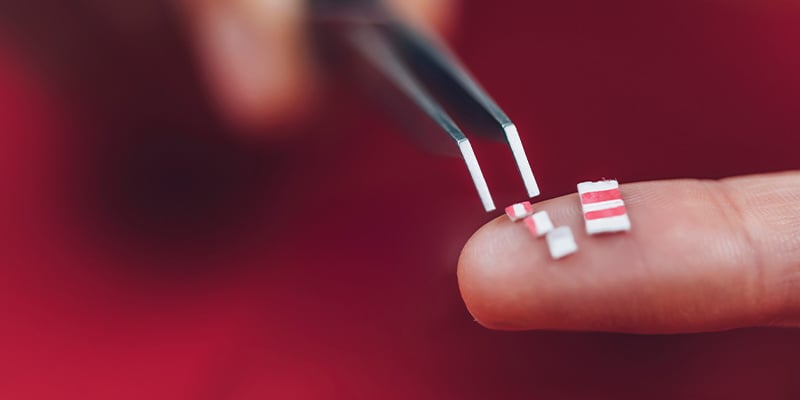
LSD—aka acid—is a synthetic psychedelic discovered in 1938, derived from compounds found in ergot fungus. It gained global fame during the 1960s and remains one of the most well-known psychedelics today.
LSD alters perception, thought, and emotion. Users report vivid visuals, shifts in time and space, and sometimes powerful spiritual experiences. While not traditionally used in Indigenous rituals, LSD has taken on an entheogenic role in modern spiritual practices, particularly in the West.
A dose of LSD can last up to 12 hours, and while it’s not physically harmful, it should be used with care due to the intensity and length of the experience.
Ketamine
Originally developed as an anaesthetic, ketamine is now used in both clinical and recreational settings for its dissociative and psychedelic effects. At higher doses, it can cause an “out-of-body” experience sometimes called a “K-hole”.
Ketamine is not a classical entheogen, but it’s increasingly used in therapeutic contexts to access unconscious material and break patterns of depression or addiction.
While not psychedelic in the traditional sense, its ability to shift awareness and offer new perspectives makes it valuable in some entheogenic settings.
5-MeO-DMT
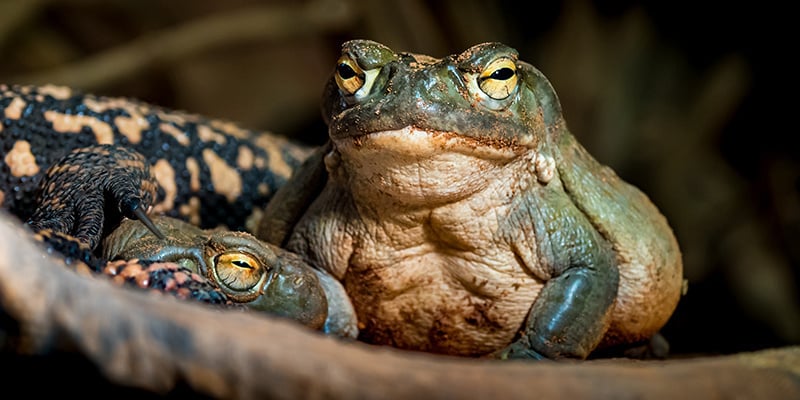
5-MeO-DMT is a potent psychedelic found in the venom of the Bufo alvarius toad and in some plant species. Often vaped or smoked, it produces potent and rapid effects that peak within minutes and fade within 20–40 minutes.
Many people describe the experience as ego-dissolving, with a sense of merging into a single state of being. Unlike DMT, visuals are often minimal. 5-MeO-DMT works on a deeper, more existential level.
Due to its power, it is best used in safe, guided settings. Some facilitators use it for emotional healing and trauma integration.
Legal status of entheogens
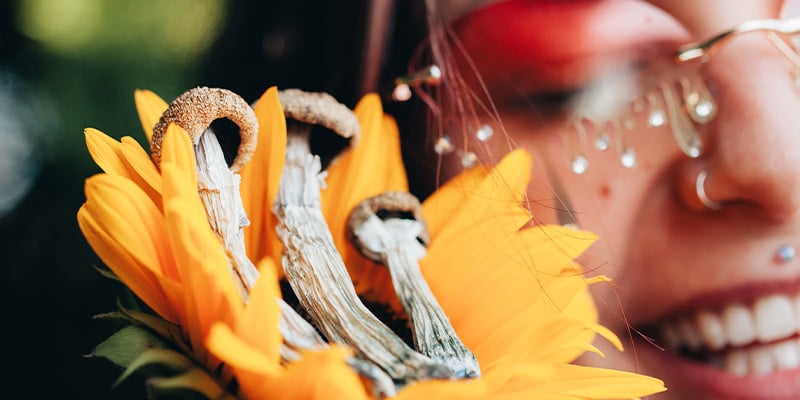
The legal status of entheogens varies widely around the world. Substances like psilocybin, LSD, and DMT are illegal in most countries, though recent legislative reforms and public advocacy are beginning to challenge these restrictions.
In some parts of the United States, cities such as Oakland and Denver have decriminalised certain entheogenic plants. Similar movements are growing in Canada, the UK, and Europe.
In Europe, countries like the Netherlands permit the sale of psilocybin truffles, and Portugal’s decriminalisation model is often cited as a progressive benchmark. Meanwhile, Germany is launching pilot trials to evaluate psychedelic-assisted therapies in clinical settings. The focus is often on harm reduction, cultural respect, and therapeutic potential. However, most remain illegal in the majority of countries.
Religious or ceremonial use of substances like peyote or ayahuasca is sometimes allowed under special laws that protect Indigenous traditions. However, legal access remains patchy and controversial.
A conscious path forward: Entheogens in the modern world
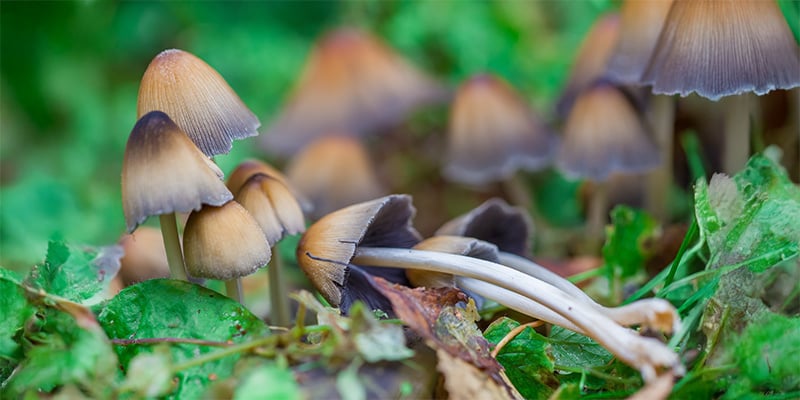
Interest in entheogens is growing. Scientific research now supports what many traditional cultures have known for centuries: that these substances can offer meaningful insights, emotional healing, and a deeper understanding of consciousness.
Initiatives like Decriminalize Nature are pushing for legal reforms that recognise entheogens as important cultural and therapeutic tools. Meanwhile, researchers are testing psilocybin, LSD, and ketamine in clinical trials for mental health conditions such as depression, anxiety, and PTSD.
The key challenge now is ensuring safe, respectful access. This includes protecting Indigenous knowledge, developing safe use guidelines, and making sure legal frameworks support—not punish—those seeking healing or spiritual growth. While not for everyone, entheogens can play a profound role in how people explore consciousness and well-being. When approached with care and reverence, entheogens may help foster a deeper connection to nature, community, and our inner worlds.
-
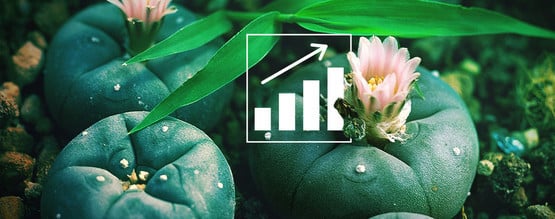 8 min
9 September 2025
How to grow & care for peyote: A complete step-by-step guide
For thousands of years, peyote (Lophophora williamsii) has occupied a central role in the spiritual practices of our ancestors. While we do not recommend taking peyote in the same way that Native...
8 min
9 September 2025
How to grow & care for peyote: A complete step-by-step guide
For thousands of years, peyote (Lophophora williamsii) has occupied a central role in the spiritual practices of our ancestors. While we do not recommend taking peyote in the same way that Native...
-
 4 min
2 June 2025
9 (legal) drugs that will induce a psychedelic trip
Interested in discovering which legal substances offer psychedelic-like effects? These 9 options might surprise you with their mind-altering potential—but be warned: not all are safe, and some are...
4 min
2 June 2025
9 (legal) drugs that will induce a psychedelic trip
Interested in discovering which legal substances offer psychedelic-like effects? These 9 options might surprise you with their mind-altering potential—but be warned: not all are safe, and some are...
-
 5 min
20 February 2025
What is ego death and what does it feel like?
Ego death is one of the most extreme experiences that can be reached by using psychedelics. As such, it is not to be recommended lightly. Transcending fun and recreation, ego deaths are unsettling...
5 min
20 February 2025
What is ego death and what does it feel like?
Ego death is one of the most extreme experiences that can be reached by using psychedelics. As such, it is not to be recommended lightly. Transcending fun and recreation, ego deaths are unsettling...
-
 1 min
13 June 2019
Magic Mushroom And Truffle Information
1 min
13 June 2019
Magic Mushroom And Truffle Information





 United States
United States

